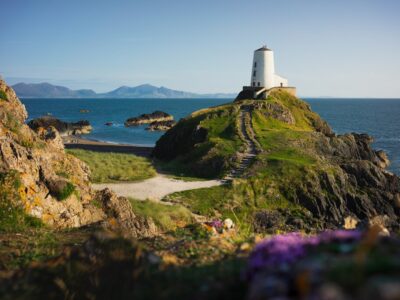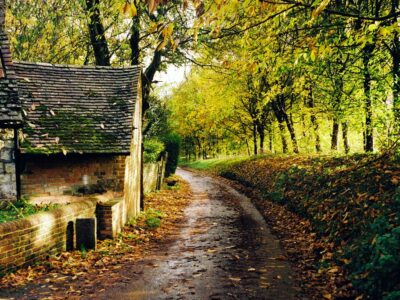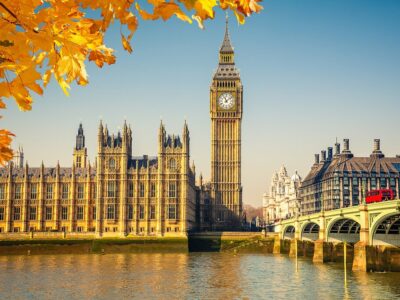
Spanning 700 miles north to south, three distinct countries, and 12,000 years of history, the United Kingdom would take months to explore fully. Still, with even as little as four days you can explore London's most famous sights, plus perhaps one nearby region, while two weeks lets you roam widely. With an entire month at your disposal, you can cover much of England, Scotland, Wales, and Northern Ireland with a breadth of active adventures and cultural excursions.

June is the start of summer in the United Kingdom, and while the weather isn't guaranteed to be warm and fine, this is a good time to visit without the biggest crowds. There's a huge range of cultural, music, and sporting events to enjoy this month. Read on to learn more about traveling to the UK in June.

July is midsummer in the United Kingdom, and the weather is generally pleasant and conditions good for all kinds of activities. It's the peak season for tourists, but it's generally less crowded outside the most popular spots than in some other parts of Europe in July. Find out more below about traveling to the UK in July.

February is winter in the United Kingdom, and that means short days and cold temperatures. However, it also means low season, so if you'd prefer to visit the most popular indoor cultural and historic attractions without the crowds, February isn't a bad time to visit. Read on to learn more about traveling to the UK in February.

May is the loveliest month of spring in the United Kingdom, and although the weather can be changeable, it's often sunny and pleasant. Flowers bloom in the wild and manicured gardens, and there are considerable events to attend. Read on to learn more about traveling to the UK in May.

The United Kingdom's four distinct seasons each hold a unique appeal. However, since the UK spans ten degrees of latitude, there are considerable differences from north to south and—due to ocean influences—also between east and west. The region frequently defies its negative stereotypes, so don't let the English's complaints and the Scots' talk about "dreich" (dreary) weather put you off. Read on to find out more about the best time to visit England, Scotland, Wales, and Northern Ireland.

April is spring in the United Kingdom, and the country's famous flower gardens start to come into their own. Although the weather can be changeable, this is a good time to get outdoors and experience the gardens and parks. Read on to find out more about visiting the UK in April.

September is the start of the quieter shoulder season in the United Kingdom, after the peak of summer, although the temperatures can remain quite warm well into the month. Later in September, the leaves start turning autumnal, especially in northern parts of the country. Read on to find out more about traveling to the UK in September.

October is fall in the United Kingdom and the start of a quieter season for travelers. There are still some lovely outdoor things to see, such as the national parks, but without too many other visitors. Read on to learn more about traveling to the UK in October.

The weather in the United Kingdom is increasingly cold in November, and the days are short. But if you want to enjoy some of the country's cultural and historic attractions, there's no need to stay away in November. Read on to find out more about visiting the UK in November.
